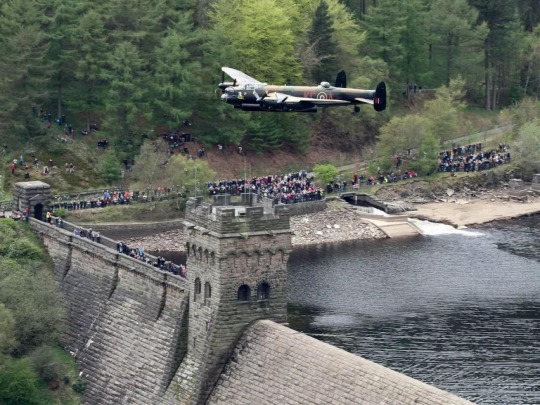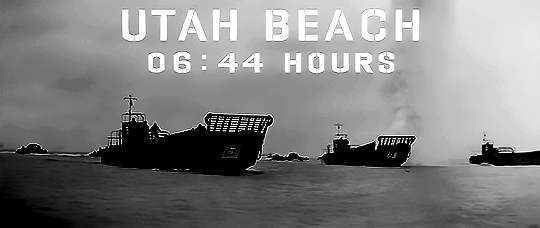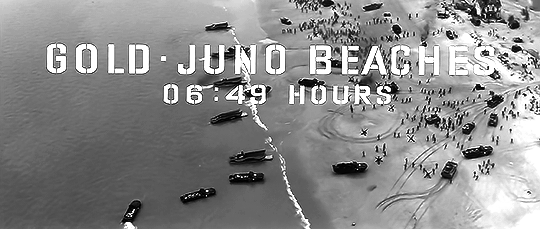Half Polish | Half English| Full British I she/her I B-17 “Flying Fortress” I Avro Lancaster I Douglass C-47 Sky train l Big Wing l 23rd Headquarters Special troops “Ghost Army” l The long Range Desert Group | The mighty 8th l 617 RAF Squadron l Glen miller l
Don't wanna be here? Send us removal request.
Text
I know that I am unbelievably late to the party… but I accidentally fell down the Guy Gibson/Barnes-Wallace/Dambusters rabbit hole!
0 notes
Text

On this day in 1918, Wing Commander Guy Gibson was born. Commander of 617 Squadron (Dambusters). He would have been 106 today.
@WW2airfields via X
6 notes
·
View notes
Photo

During World War II, the Allies developed “dambuster” bombs that skipped repeatedly off the surface of the water before striking their target. The goal was to cleverly bypass their enemies’ defenses both above and below the surface. Although the original dambusters used spinning spheres, the ricochet physics works for many other configurations as well; essentially, the physics are identical to rock-skipping. Conventional bullets can also skip off the water, though the required angle for skipping depends strongly on the shape of the bullet. If the geometry of the bullet impact doesn’t generate enough hydrodynamic lift, there will be no skip. (Image credit: Barnes Wallis Foundation, source; research credit: V. Murali and S. Naik, pdf; submitted by Marc A.)
454 notes
·
View notes
Text

Lancaster re-enacting the 1943 Dams raid at Derwent Water. During my basic Flying Training at Syerston, we frequently did this for fun in our Jet Provosts.
@CcibChris🇬🇧🏴via X
50 notes
·
View notes
Text
today my obsession with WW2 aviation stuff finally spiralled out of control when travelled all the way to the village of Grafton Underwood (384th bomb group) to watch a man do a working demonstration of Norden bomb sight he had lovingly restored (enjoying it waaay too much) and then somehow managed to accidentally volunteer to help in anyway with the museum they are setting up there! 😂
10 notes
·
View notes
Text

C-47A Boogie Baby of the WWII Airborne Demonstration Team touches down after dropping a stick during their Spring 2025 Parachute School. The organization runs three jump schools each year; one in April for returning team members, a summer session in July, and an autumn session in October.
This July I'll be making the 1200 mile road trip to Frederick, Oklahoma to join them. The Parachute School runs for nine days, culminating with five static line jumps out of Boogie Baby or their C-49 Wild Kat. It's sure to be an unforgettable experience.
124 notes
·
View notes
Photo

Wounded members of the 101st Airborne Division, heroes of the Siege of Bastogne, watch their buddies take part in a Victory Parade up Fifth Avenue, October 10, 1946.
Photo: Seymour Wally for the NY Daily News via Getty Images
357 notes
·
View notes
Text
B-17 RADIO COMMUNICATION CALL NAMES
The call names are arbitrary names chosen by higher command to represent the different elements of the formation. Sometimes they’ll use the same call signs within bomb groups for a duration of time and sometimes they’ll choose new ones every mission. The call names for the combat bombardment wings will change with almost every mission, especially on significant or special missions like Schweinfurt-Regensburg or Berlin, etc. Unfortunately there is no mass record of these call names, but individual ones can be found in mission records, memoirs, or books.
edit: the 100th BG specifically would use new ones every day
Generally speaking, the 13th CBW is made up of the 95th BG, 100th BG, 390th BG, 490th BG, and the 493rd BG. On a typical mission, only three of the BGs would be flying and together they are assigned a call name. For Regensburg, FIREBALL was the designation for the 13th Combat Bombardment Wing.
Within FIREBALL is the three BGs and each is given a phonetic letter designation.
FIREBALL ABLE would be the "A" Group Lead Crew
FIREBALL BAKER would be the "B" Group Lead Crew
FIREBALL CHARLIE would be the "C" Group Lead Crew
where for our example A, B, and C are bomb groups from the 13th CBW.
On the mission to Regensburg, the 100th Bomb Group was leading 13th CBW therefore they were designation FIREBALL ABLE. The other two bomb groups would be FIREBALL BAKER and FIREBALL CHARLIE.
Within each bomb group there are further call names, however, these are not used often. That's because only the lead a/c for each bomb group is to speak and is spoken to on the command radio. All aircraft have access to the command radio, but only the lead crew of a BG is to speak over this channel and thus the squadrons are never referred to by this call name.
FIREBALL ABLE LEAD - 100th Lead Group Lead B-17
FIREBALL ABLE LOW - 100th Low Group Lead B-17
FIREBALL ABLE HIGH - 100th High Group Lead B-17
On a mission, the squadrons of a bomb group will also have their own call names for their inter group communication.
Think about the mission to Trondheim. The 100th Bomb Group was leading the 13th Combat Bombardment Wing, call name ZOOTSUIT meaning that the 100th was call name ZOOTSUIT LEAD.
ZOOTSUIT - 13th CBW
The call names for 100th BG squadrons for this particular mission included:
PACER - 418th Sq of the 100th BG
RED MEAT - 350th Sq of the 100th BG
where
RED MEAT 3 is the 3rd plane of the 350th
READ MEAT LEAD is the Lead of 350th
So Blakely’s Crew/Bucky’s plane in MotA Episode 2 would have the call sign ZOOTSUIT LEAD (ABLE) when talking with the entire formation, as well as the call sign PACER LEAD when communicating within the 100th BG. This is why Bucky deciding to throttle down so Biddick could keep up was such a big deal. Bucky was leading not just the 100th, but also another bomb group as well in the formation. The number of bomb groups in a combat bombardment wing varies from mission to mission, but they’ll almost always be in their same combat bombardment wing, unless they’re tasked to fly with a different group (rare but happens).
Here’s an example that uses the 303rd BG. This is the basis for all of my information above and I HIGHLY recommend checking it out!
This document has a GREAT breakdown of each bomb group and hundreds of charts and diagrams that are essential in understanding how the bomber command organizational structure works.
Like I mentioned earlier, the call names used can vary from mission to mission and can be almost anything. From what I can tell, they are almost always at least two syllables.
In Crosby’s book, he mentions the following (which isn’t anywhere near a complete list but might help give you a better idea of the randomness):
Mafking
Scrubbrush
Fireball
Leadbelly
Toothloose
Downtown
Redpath
41 notes
·
View notes
Text










1ST MOTAVERSARY 🎉 • WEEK VIII FREE CHOICE POLAND
116 notes
·
View notes
Text


HARRY CROSBY, GROUP NAVIGATOR: Because of a kind of Hollywood glamour that the 100th perhaps was particularly notorious for, I think I learned to swagger, because you had to learn to swagger or you really weren't a member of the 100th.
39 notes
·
View notes
Text
B-17G Flying Fortress makes a gentle wheels-up landing
824 notes
·
View notes
Photo

Maj. Walter Beckham of the 353rd Fighter Group poses with his P-47 Little Demon II after his 18th aerial victory, February 1944. He would be shot down by flak on 22 February and spend the rest of the war as a POW
210 notes
·
View notes














